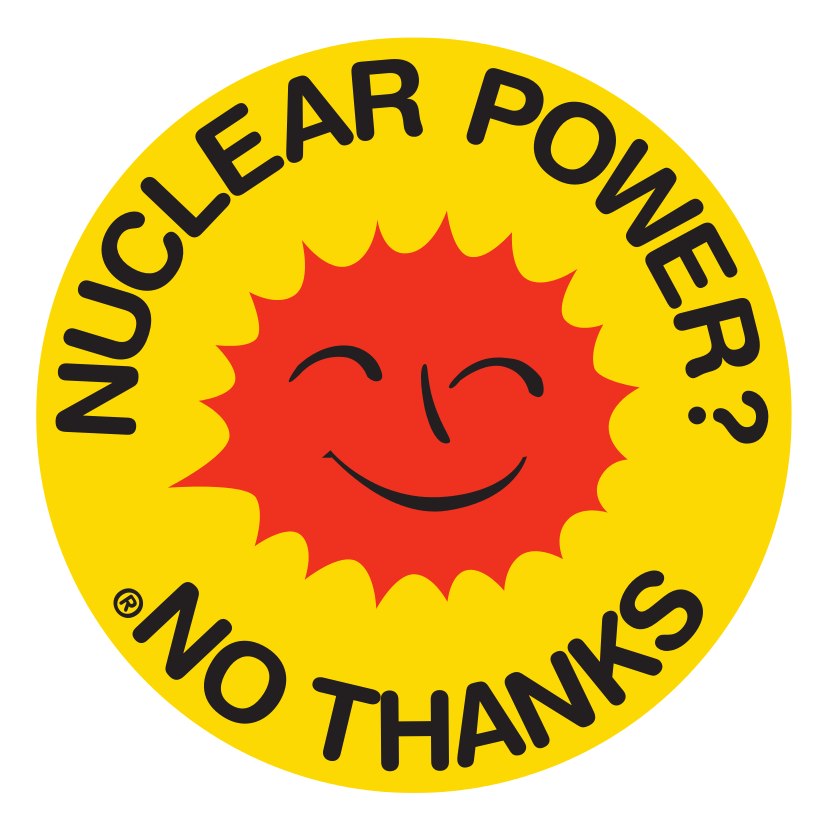Sierra Martinez, Legal Director, California Energy Projects, San Francisco
Ever since California’s giant nuclear plant shut down two years ago due to malfunctions and poor economics of revival, state regulators and politicians have been wrestling with the question of: How much clean energy can we use to replace that old nuclear plant? Unfortunately, a decision issued today indicates the answer will be: Not as much as those breathing the polluted air in Southern California need.
Earlier this year, the state commission that deals with this exact issue released a plan showing that potentially the whole San Onofre Nuclear Generating Station could be changed out and replaced with clean energy alternatives – like the pollution-free energy from solar panels or wind turbines, or the energy you save when you upgrade your home to be more energy efficient. That was a big step forward for the state.
But today the California Public Utilities Commission has prematurely cut that possibility short. Originally, the plan mandated that about 2/3rds of the power needed to replace the nuclear plant providing electricity to the Los Angeles and San Diego regions must come from clean energy resources—and left open the possibility for the remaining third to be replaced by an unknown basket of resources. This remaining portion could either be solely from clean energy, all gas-fired generation, or some combination of the two. The plan was to let competitive pressures of the market help decide which resources to pick.
Sadly, this competition among clean energy and gas-fired generation will (in all likelihood) no longer occur. Instead, the commission has agreed to move forward with a gas plant contract in Carlsbad, Califorina, that will eat up most of that remaining portion, 600 megawatts of electricity. And because natural gas also emits pollution, it will create more carbon emissions that harm our health and the environment. The decision is confounding given that California is working hard to reduce carbon emissions to 1990 levels by 2020 under one of the state’s clean energy laws, the Global Warming Solutions Act (AB 32).
This proposed plant will:
- Not have its price tag be market-tested through a competitive bid process (unlike the clean energy resources that will be run through a competitive bid process and get significant scrutiny over costs),
- Not be entirely needed (because the electric grid operator just approved additional upgrades to the electric grid that will offset the need for the full 600 megawatts of new capacity), and
- Cost utility bill payers precious dollars that could be spent on making the electric system more clean and reliable.
Clearly, the commission missed a big opportunity here. And did so in a manner that did not provide an adequate public process. The utility submitted their plan for the gas plant to be approved by staff at the California Public Utilities Commission without the public ever seeing it (the plan was eventually disclosed to a small group after environmentalists objected). Furthermore, the commission decided to defer the public process of review over whether this gas plant should be part of the overall plan until after the contract between the utility and the gas plant had been fully negotiated and was ready to go.
In the end, however, the big picture is that California still replaced the vast majority of its downed nuclear plant with clean energy alternatives. The state agencies and decision-makers have come a long way in using these cleaner sources of energy as the building blocks for our energy future.
And while the regulators could have—and should have—done better here, ultimately the unexpected closure of an enormous nuclear plant is going to lead to replacing it with more clean energy than dirty energy. That’s a notable improvement, but let’s hope that next time the commission will embrace the readily available clean energy alternatives like wind, solar and energy efficiency that never pollute our air.









